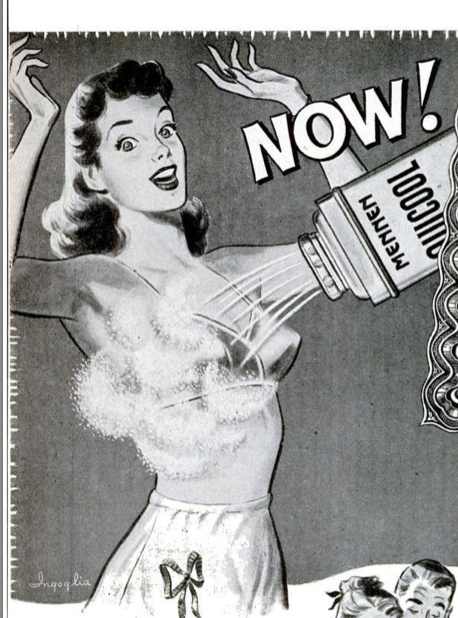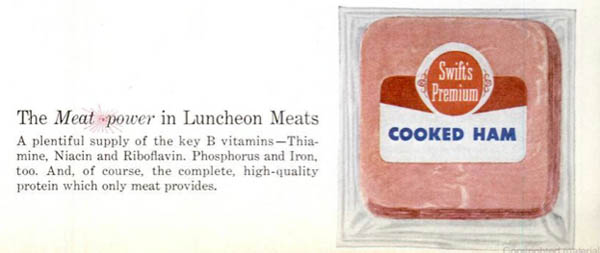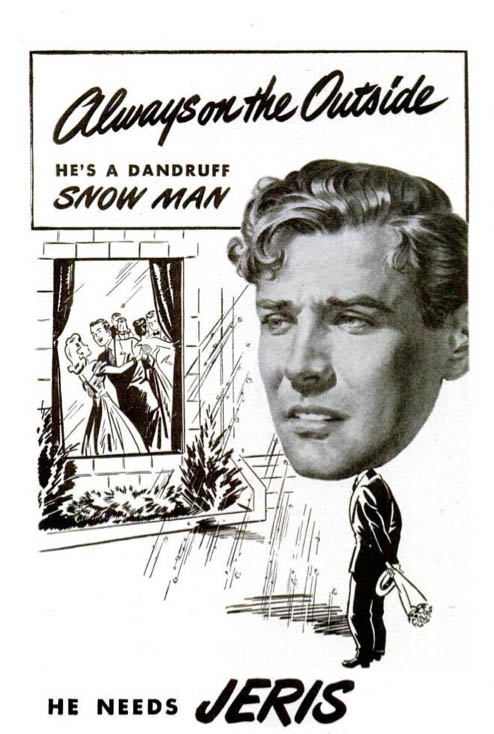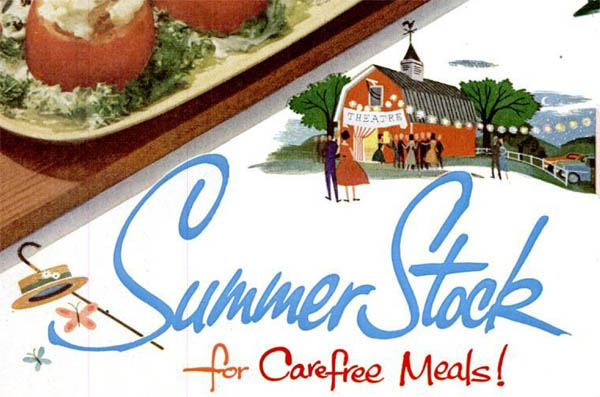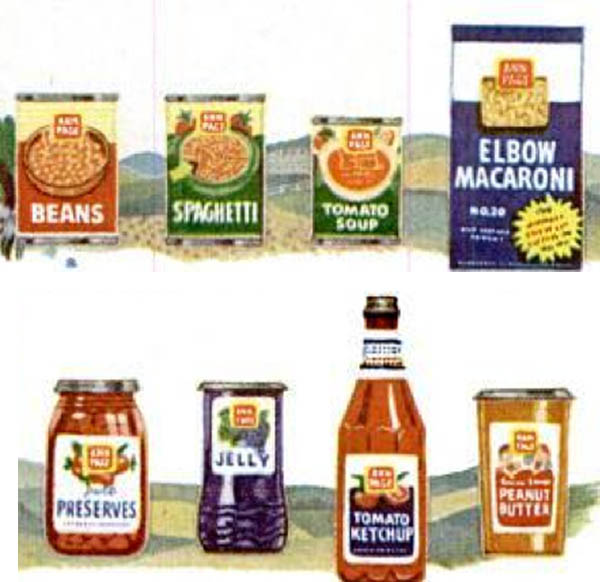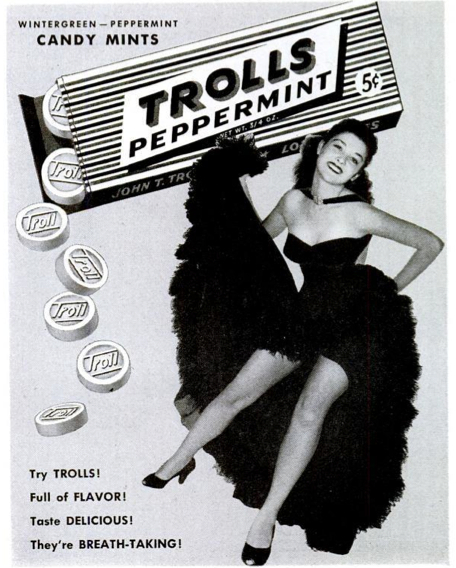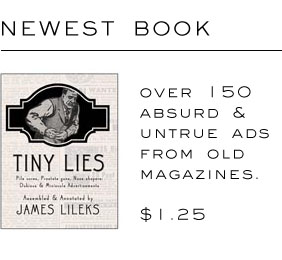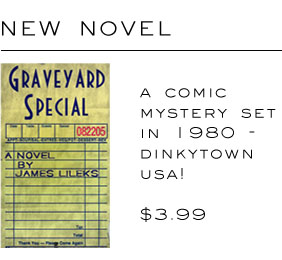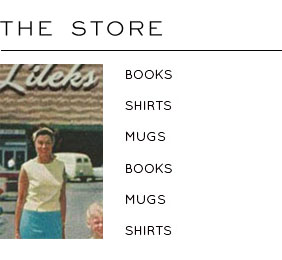

They all come back to Jasperwood eventually. When we moved in, the previous owner left behind a manuscript by an old man who was a child when the house was first built. He was the son of a candymaker, as I’ve described before (Walnettos!) and described a few key details that are as vivid now as they were in 1921. Last year a woman came by with her daughter; they’d lived here in the 70s, I think. Sunday: a woman was driving by slow, very slow. Stopped. Asked my wife if she might look around, since she grew up in this house. With eleven other kids. Well, yes, of course. When she came in she had a posture I saw in the other resident who came back, a posture that might be common to anyone touring a childhood home: her head was tilted slightly up, as though she was six again, looking for her parents’ faces. I was upstairs kicking things into closets while my wife gave her the downstairs tour; I met her upstairs, and learned more about the configuration of the place prior to the renovation. They had kids stored everywhere. Four in the sun porch, four in the back room, four in the master bedroom. (The parents slept in my studio.) She stopped and pointed to the built-in drawers in the hallway. They’re original; they’re heavy; they take a yank to get out. “The baby slept in there,” she said. The babies. “When my mother’s sister came she had a baby, and it slept in the drawer. It was the perfect size.” It is, at that. Now it has all the bandages and cold remedies and various drug-store nostrums and travel supplies and such, but from now on it’s The Baby Drawer. Where’s the gauze pad? Someone will ask. “The baby drawer,” I’ll say. Downstairs to the basement, which wasn’t finished in her time. She pointed to the right: that’s where her father kept all the newspapers he saved. He didn’t throw them away. He made notes. “Didn’t find out JFK was shot until ten years later,” she said, suggesting he read them slowly and methodically. The bathroom tucked under the stairs: she had locked herself in at the age of 6 because she was afraid of the nuns at school and didn’t want to go back. Stayed there the entire day. Twelve kids - no one noticed. Eventually one of her brothers deduced that there was someone in there, and they had to take the hinges off the door. She turned, whispered: “my first kiss, right there.” We walked into the furnace room, which she said was almost exactly as it had been; the walls are original from 1917. The secret hideout under the stairs - there it is, same latch. Down the tunnel, which all the kids loved. She stopped in the middle of the tunnel. “That smell,” she said. “It’s the same. It’s just like it was.” Musty cement, wet earth, garage aromas. I know it too. We walked outside. “My dad painted it white,” she said, pointing up the stairs to the house. The white house. “He’d come home every day from work, put up the ladder, paint for an hour. It was a mustard yellow.” I winced and thanked her dad for doing something about that. She thanked us and left and when she was gone I forgot about showing her the old water faucet in the lawn at the bottom of the hill. It doesn’t work anymore. I’m sure she’d remember it. I’ll bet if she’d bent down and turned the spout, water would have come pouring out.
Our weekly look at products, mascots, logos, and ads of the olden times, reminding us what commercial culture looked like, and what assumptions informed the ads.
WEEKLY ELSIE
Hah hah, you silly emasculated bull who’s the constant source of amusement and gentle wifely condescension! Only women go home to mother, when they’re upset and the marriage is going poorly, not men, and besides, dear, she was slaughtered years ago.
Eventually he realizes his wife is correct, of course, and all is well. As usual. Why does Elsie put up with him? I think it’s all that glue money he brings in, frankly, and perhaps he’s really a sweetheart underneath all that bull-headed bluster. It’s really quite comical how he does go on; a girl can’t help but laugh.
Cantrell and Cochrane Super COOLA! Warning: is not COLA. A British soft drink concern, with a novel approach to cracking the US cola market. Wikipedia: "In America the company saw a chance to challenge soft-drink giants Coca-Cola and Pepsi-Cola with its own C&C Cola. An elaborate marketing scheme was launched in 1955, in connection with the television revival of 740 motion pictures produced by RKO Radio Pictures. C&C Television Corporation reprinted the entire RKO library for nationwide syndication in the United States. All of the features now began with a "C&C Movietime" title card, and TV stations showing the films would interrupt the telecasts for commercial mentions of C&C Cola. "Although the broadcast rights to the RKO library now belong to Turner Entertainment, licenses to the C&C prints were granted in perpetuity, and stations that bought 16mm prints of the C&C films in the 1950s continue to show them today." According to this site, they looked like this:
They’re still around. The cola war ended about as well as you’d expect.
QUIKOOL It’s going to be in the 90s here this week; folks might want some of this.
Had a Quikool ad a few weeks ago; this is just as odd. The drawing is signed “Ingoglia.” Google is silent.
MEAT POWER
JERIS Ha ha big-head loser:
THE PLAY’S THE THING Which is always what headline writers say when there’s a play involved and they don’t know what else to write.
At this point - mid-50s - the audience knows that plays are held in barns in rural areas, and people drive to see them from suburbs on the East Coast, and perhaps stop in a small town antique store for a darling coffee-grinding machine - do you think that’s what it is? I don’t know what else it could be. Oh, wheat, perhaps. But won’t it look grand on the table in the guest room, add a historic touch that goes with the print of the wooden Indian? Also, straw boaters and canes, because they’re doing “Music Man” or something, I don’t know, I just hope it’s not one of those O’Neill things that goes on forever. I mean, long day’s journal is right, you can’t say he didn’t warn you. The products being sold:
Ann Page was the A&P house brand. She did not exist. Even though these are rather generic, there’s still a clean look to the design that must have looked good en masse. A&P knew what they were doing, until they didn’t.
ZEMACOL Who knows what was in it? Who knows if it worked?
If it did, whatever was in it probably exists in some form today. You’ll note that it’s not UNSIGHTLY - unlike creams whose hue disfigured your appearance, Zemacol was clear. Norwich is still around, as I’m sure I’ve noted for some other products, but lives in the sheltering embrace of Proctor & Gamble.
Finally: what all the internet creeps use to keep their comments tangy and pungent:
That's it for today; of course, Comic Sins below, and the usual other things in the usual other places. See you around.
|
||||||||||||
|
||||||||||||
|
||||||||||||
|
||||||||||||
| blog comments powered by Disqus |
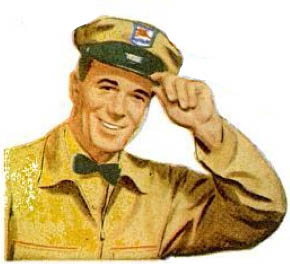

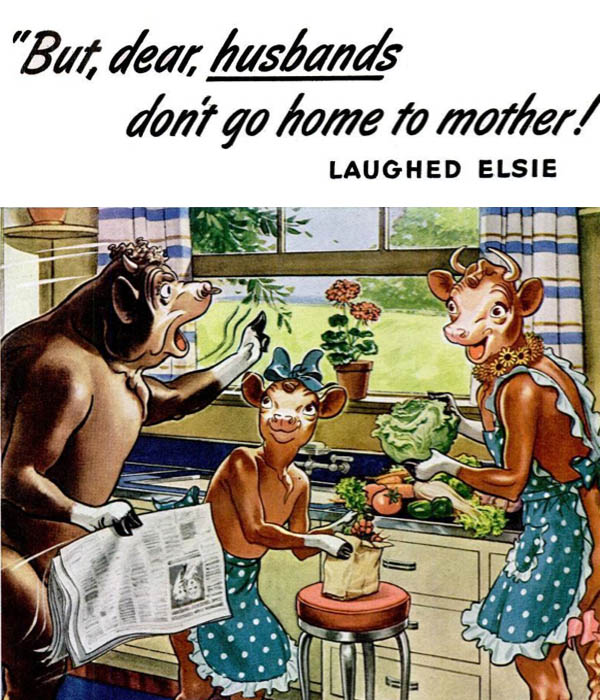
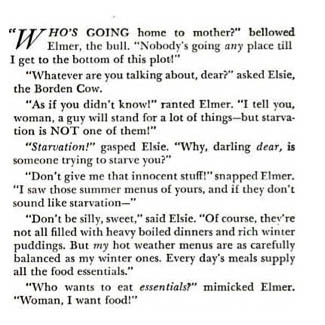 Note how the daughter looks at dad: she has his number, too. Silly man. What’s upset about? This:
Note how the daughter looks at dad: she has his number, too. Silly man. What’s upset about? This: 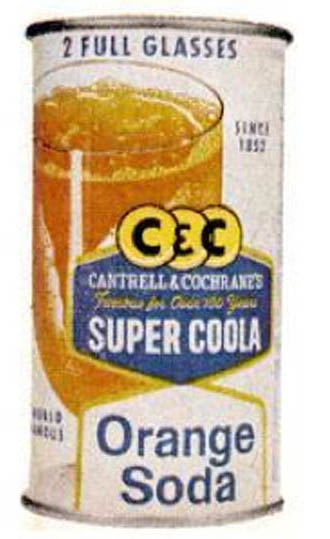 BYGONE SODA
BYGONE SODA